 IE Admissions Test: Free ieGAT Practice Test Questions 2025
IE Admissions Test: Free ieGAT Practice Test Questions 2025
The IE admission test is a challenging assessment created by IE University that will thoroughly examine your numerical, verbal, and abstract reasoning abilities under a tight time limit. Since the IE test can only be taken once, the stakes are high and the resulting stress can damage your score.
This is why preparation is key, and with our accurately and expertly designed ieGAT Test preparation pack you will get everything you need to ace the test, including:
- Realistic timed tests that simulate the pressure of the real thing, improving your time management and efficiency
- Verbal Reasoning tests that will build your ability to locate pertinent information quickly
- Numerical Reasoning Tests that will sharpen your mathematical skills and help you locate the information you need in complex data sets
- Abstract Reasoning Tests that will teach you how to find the hidden rules and logic that make these questions so tricky
Below you'll find free ieGAT practice test questions taken from the preparation. Let's get started.
For the computerized test version:
- 5 Verbal Reasoning Practice Tests
- 6 Numerical Reasoning Tests
- 9 Abstract Reasoning Tests
For the pen-and-paper test version:
- 1 Numerical / Verbal Test Simulation
- 14 Numerical Reasoning Tests
- 17 Verbal Reasoning Tests
- 10 Abstract Reasoning Tests
Both versions include dozens of additional study guides, video tutorials, and exercises
Why ieGAT Practice Tests Are Key to Your Success
The IE Global Admissions Test (ieGAT) was developed by IE International University as a bold alternative to the GMAT, GRE, or LSAT.
This adaptive exam ramps up the difficulty based on your performance, combines speed with accuracy, and penalizes wrong answers—making every question critical.
With only one chance to take the test, thorough preparation isn’t just recommended—it’s essential.
Discover our video where we break down the exam’s challenges and share top-solving tips to give you a competitive edge.
Free ieGAT Practice Test Questions and Answers
The ieGAT exam is 80 to 90 minutes long with no breaks, and includes 129 verbal, numerical, and abstract reasoning questions which appear in random order and are divided as follows:
Verbal Reasoning - 50 questions
Numerical Reasoning - 56 questions
Abstract Reasoning - 23 questions
Please note that there are differences between the paper and online versions of the ie Global Admissions Test - we'll dive into those further down the page.
Curious to see ieGAT practice samples for each category? Keep scrolling!
Verbal Comprehension and Reasoning
On the verbal reasoning section of the ieGAT exam, you will need to read a passage and answer two questions. The texts will often discuss economic topics, such as unemployment or GDP.
The questions aim to determine your comprehension of written professional English, and are multiple-choice. For some questions, you may be asked to choose more than one answer from the list.
Verbal Comprehension ieGAT Test Sample Question
Below you will find six tabs. Click on them to read the data, and answer the sample questions






Question 1
The Arclight Computers Group’s marketing department is effective to the point that it has managed to turn the relatively new group into Arclight’s most recognisable
You only Get One Shot at The ieGAT Exam!
Maximize your chances of success with 20+ practice tests, extra exercises, and scoring reports to master numerical reasoning and track your progress.
Numerical Comprehension, Reasoning, and Calculation
The main goal of this section of the ieGAT exam is to assess your quantitative reasoning skills rather than your knowledge in specific mathematical fields such as geometry or algebra.
In these questions, information is presented in graphs and data tables. You need to read the information, analyze it, and make quick and accurate calculations.
Numerical Reasoning ieGAT Test Sample Question
Below you will find six tabs. Click on them to read the data, and answer the two sample questions.
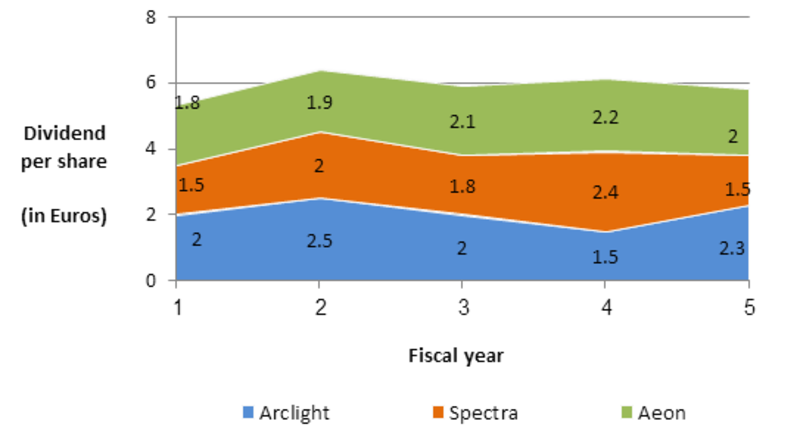
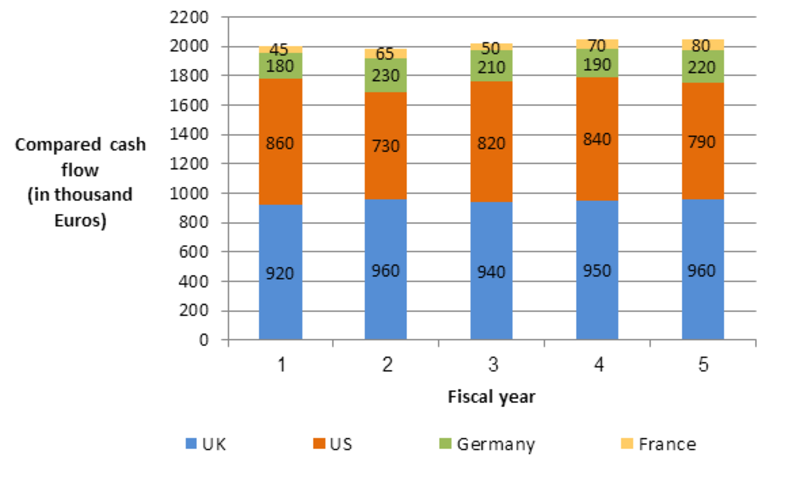
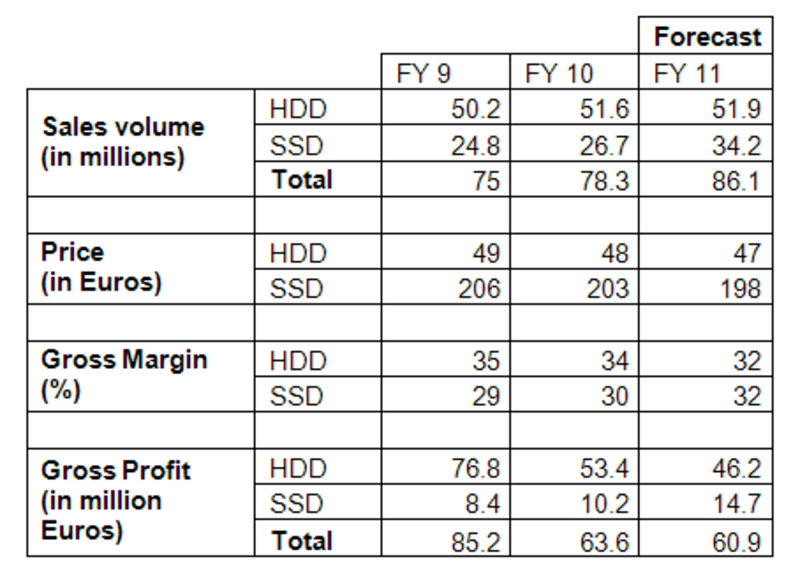
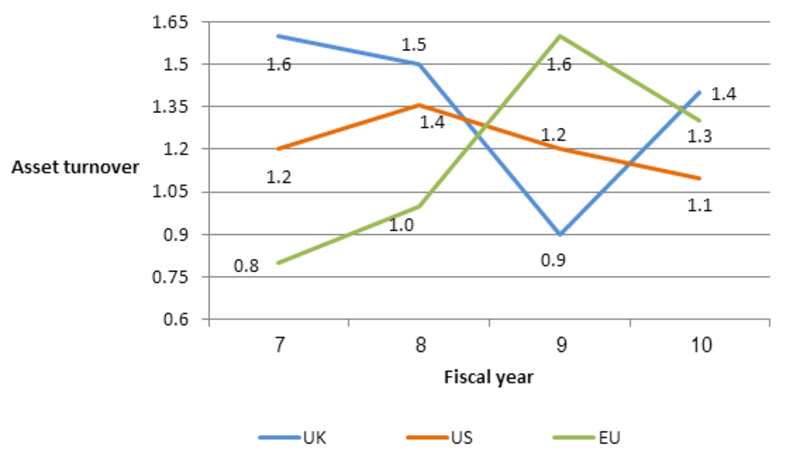
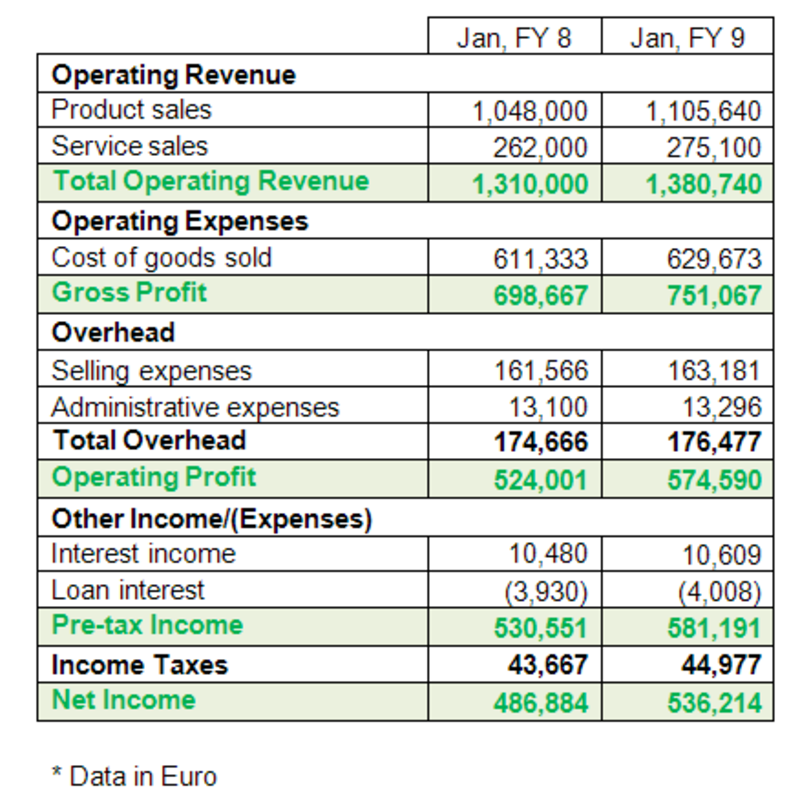
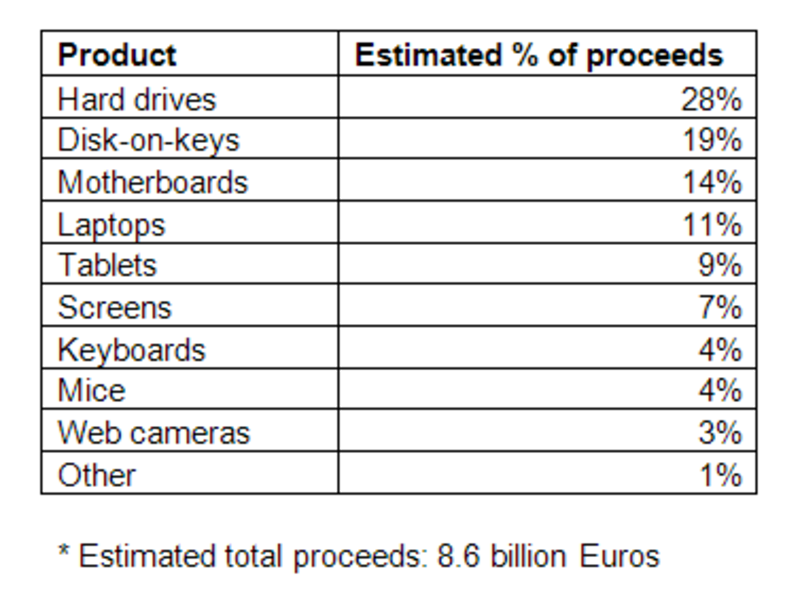
Question 1
- Although taxes increased in January of fiscal year 9 compared with January of the previous fiscal year, sales increased as well, generating higher revenues in January of fiscal year 9.
Build Your Confidence in Numerical Reasoning.
Prepare for the ieGAT with 20+ practice tests, extra exercises, and progress reports designed to strengthen your skills, step by step.
Logical / Abstract Reasoning
This section of the ieGAT exam includes a number of diagrammatic, logical, and abstract reasoning tests in which you are given a series of figures and a symbol representing an operation. Based on the changes you observe in the figure after the symbol, your task is to identify the role of the symbol.
To do this successfully, you must have strong visualization skills and be able to envision multiple shapes at one time.
Logical Reasoning ieGAT Test Sample Question
Please select one correct answer:
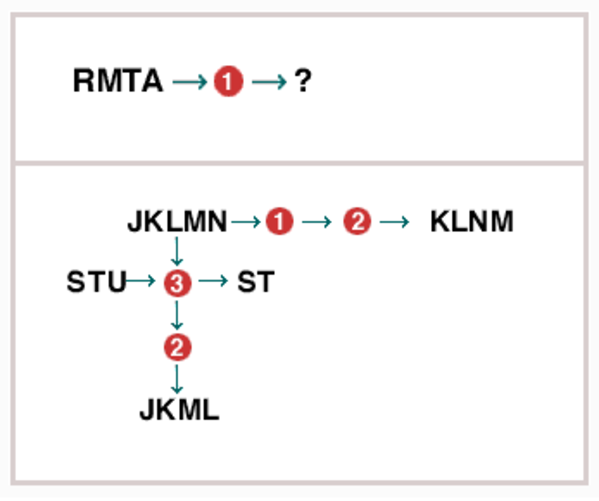
Build Your Abstract Reasoning Skills
Practice with 20+ tests, expert study guides, and progress reports that help you recognize patterns, think critically, and solve challenging abstract problems.
How to Prepare for the ieGAT
The ieGAT exam is highly challenging and competitive, and your score is heavily influenced by your level of expertise in answering its unique questions.
That’s why it is important to take this cognitive admissions test only after thorough and accurate practice - exactly the type of practice you will find in our ieGAT PrepPack, which includes:
- Accurate ieGAT practice – hundreds of questions just like the ones in the real test, giving you the edge over your competition.
- Solving methods and tips to help you sharpen your verbal, numerical, and abstract reasoning skills.
- Timed tests that simulate the pressure of the real ieGAT, helping you get used to the timeframe and reducing your anxiety.
How Does the ieGAT Scoring Work?
The ieGAT scoring system is based on the profile of successful IE University graduates, and places the test scores on a Gauss curve that compares the candidate's abilities and skills to top students in all IE University programs.
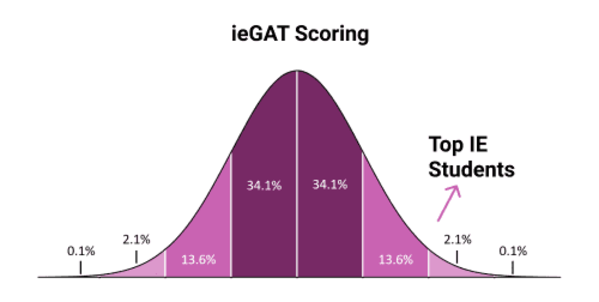
ieGAT Pen & Paper Format
In the verbal / numerical reasoning section of the pen & paper format of the ieGAT you will be presented with four economic texts, each followed by nine questions including both verbal reasoning and numerical reasoning questions.
All questions are multiple-choice with four options to choose from, and sometimes there will be more than one correct answer.
In the second section of the admissions test, you are given a variety of logical and abstract reasoning questions (similar to those found in the online version of the test). The number of questions per category in the second section varies, but there are approximately six questions per category.
In total, the test includes four numerical / verbal reasoning sections and four logical thinking sections containing 60 questions, with a time limit of 80 minutes.
ieGAT Online Format
In the online version of the ieGAT Test, a facilitator sets up an online chat room, and all test takers are instructed to switch on their computer's camera.
The online version consists of a variety of multiple-choice questions in which you will be given the following options to answer: true, false, or cannot say.
The ieGAT Online Format takes approximately 90 minutes to complete and includes seven sections, each with their own instructions and time constraints:
ieGAT vs GMAT
While the GMAT requires preliminary knowledge in specific mathematical fields - algebra, geometry, probability and more - the ieGAT test does not, but rather examines your basic arithmetic concepts including the four operations, percentages, and ratios.
The ie Global Admissions Test highly resembles the aptitude tests used by employers, with slight changes In content and context. Therefore, you are likely to encounter tasks similar to those that are given at assessment centers and online screening tests, i.e. numerical critical reasoning, verbal critical reasoning and logical reasoning.
Can I Take the Test if I Already Have a GMAT Score?
Your ieGAT Success Starts Here!
- Full exam simulations help you master time management.
- Targeted practice tests sharpen your reasoning skills.
- Scoring reports highlight where you shine and where to improve.
FAQs
The ieGAT, or IE Global Admissions Test, is a rigorous entrance exam developed by IE University to assess candidates' cognitive abilities and reasoning skills under strict time constraints.
It spans 80 to 90 minutes without breaks and features 129 questions that test verbal, numerical, and abstract reasoning in a random sequence.
This one-time test demands high performance in critical thinking and comprehension of both textual and numerical information, with a scoring system that factors in both speed and accuracy, making thorough preparation essential for success.
The ieGAT, also known as the IE Global Admissions Test, is an admission test developed by IE University to assess candidates’ numerical, verbal, and abstract reasoning skills under significant time pressure. Since you can take it only once, the ieGAT exam is highly stressful, and the adaptive difficulty and negative scoring for wrong answers add to its challenge.
The ieGAT exam, also called the IE Global Admissions Test, was developed by IE University and is designed to test cognitive abilities under significant time pressure. It lasts 70 to 90 minutes, with no breaks, and includes 129 questions covering verbal, numerical, and abstract reasoning in a randomized order.
No, the IE Global Admissions Test (ieGAT) can only be taken once. This makes preparation crucial, as there are no second chances if things don't go as planned.
The IE Global Admissions Test (ieGAT) score is determined by a combination of factors, including the correctness of your answers and the time it takes you to respond. The questions and sections are not equally weighted, as they assess a variety of intellectual abilities and are influenced by the program you are applying to.
Additionally, incorrect answers may result in point deductions, making accuracy and speed both essential for achieving a strong score. There is no set number of answers required to pass, as the score depends on how many questions you answer and how accurate your responses are.
You need to register for the ieGAT on the official ieGAT website, and choose a convenient date.
Candidates used to be able to choose a specific time and place to take their exams after signing up. However, due to COVID-19 regulations, the IE University has made the entire application process accessible online to candidates worldwide.
You need to make all the necessary payments and complete at least 25% of your application before you are allowed to take the test. If these requirements are not met, you will be unable to take the test.
Also, you have 30 days after taking the ieGAT Test to complete your online application and receive your results. If you do not submit your online application on time, you will lose your ieGAT result and will be required to submit alternative test scores.



